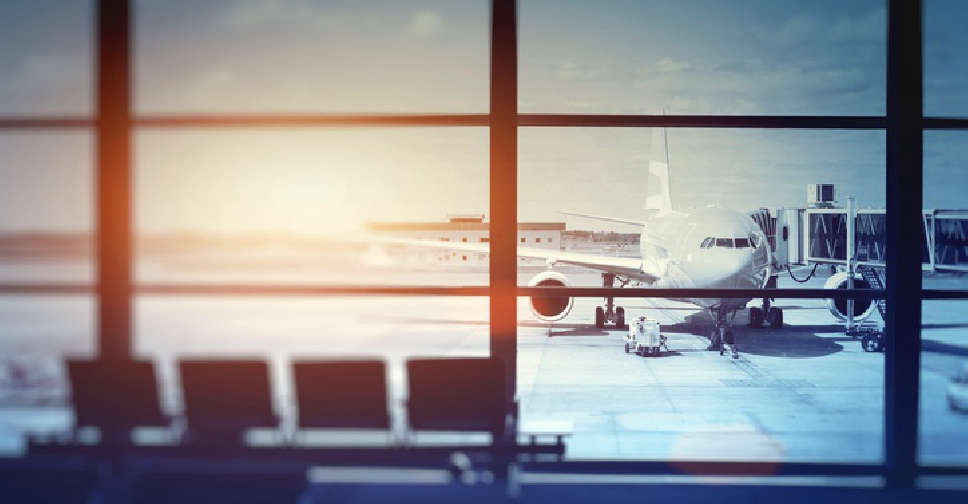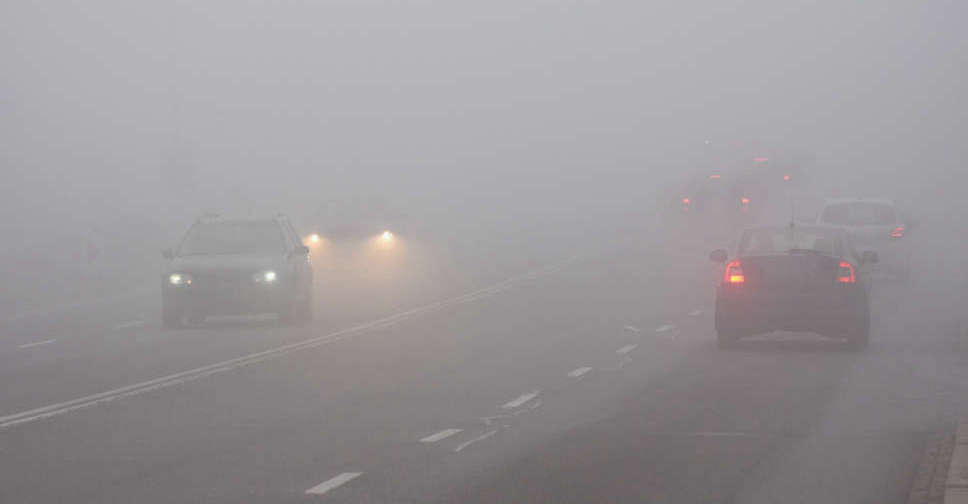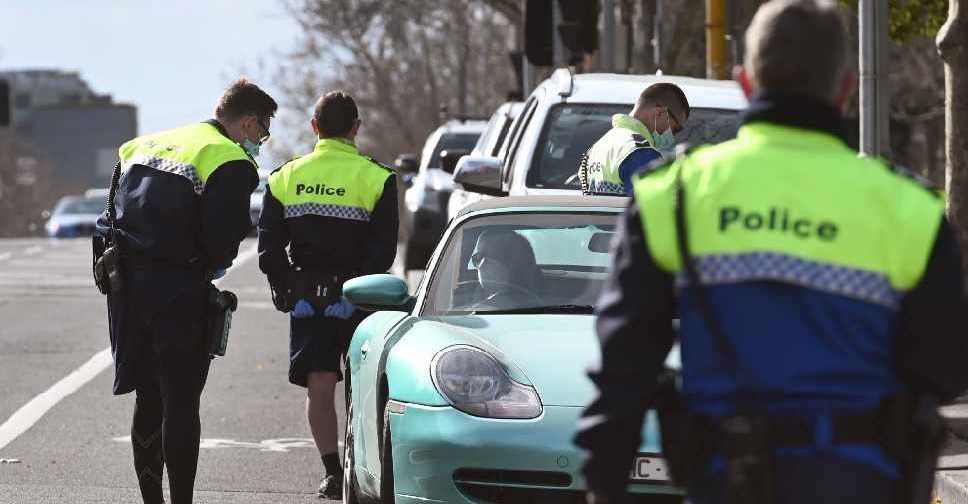
Australia recorded its deadliest day of the coronavirus pandemic on Wednesday, denting hopes that a second wave gripping the state of Victoria may be stabilising.
Victoria reported 21 deaths - two more than the previous deadliest days earlier this week - and 410 new cases in the past 24 hours, ending a run of three consecutive days with new infections below 400.
A cluster of infections in Melbourne, the Victorian capital, forced authorities last week to impose a night curfew, tighten restrictions on people's daily movements and order large parts of the state economy to close.
Victorian Premier Daniel Andrews said that while the number of cases were trending down, the impact of the strict new lockdown measures was yet to show up in the case numbers.
"We all know that a week is not the life cycle of this virus... and our experts remain firm in the view that this will drive the numbers down," he told reporters.
Only Victoria and the country's most populous state, New South Wales (NSW), reported fresh COVID-19 cases on Wednesday, with a total of 428 infections detected in the past 24 hours.
The virus has been effectively eliminated outside of Victoria and NSW.
Authorities in NSW are scrambling to trace infections linked to a new cluster at a school in Sydney, which has raised fears of more widespread community transmission than previously known in the country's biggest city.
NSW Premier Gladys Berejiklian said businesses could face additional restrictions to prevent further clusters developing.
"We've given certainly a grace period for businesses, for organisations, for different establishments to step up their COVID safe plans and if they don't do that we will have to go a step further," Berejiklian said at a media briefing.
Australia has reported just over 22,000 infections and 352 deaths from the virus, far fewer on a per capita basis than many other developed countries.


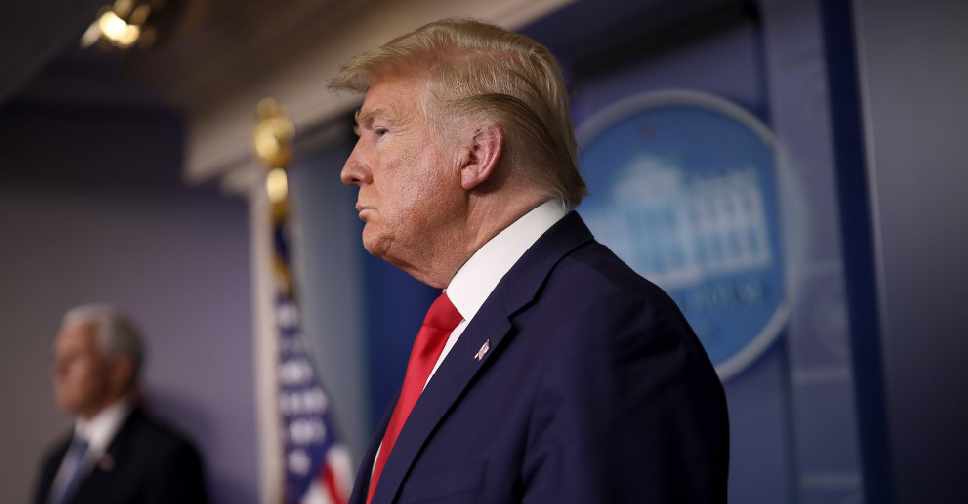 Trump signs bill to release Epstein files
Trump signs bill to release Epstein files
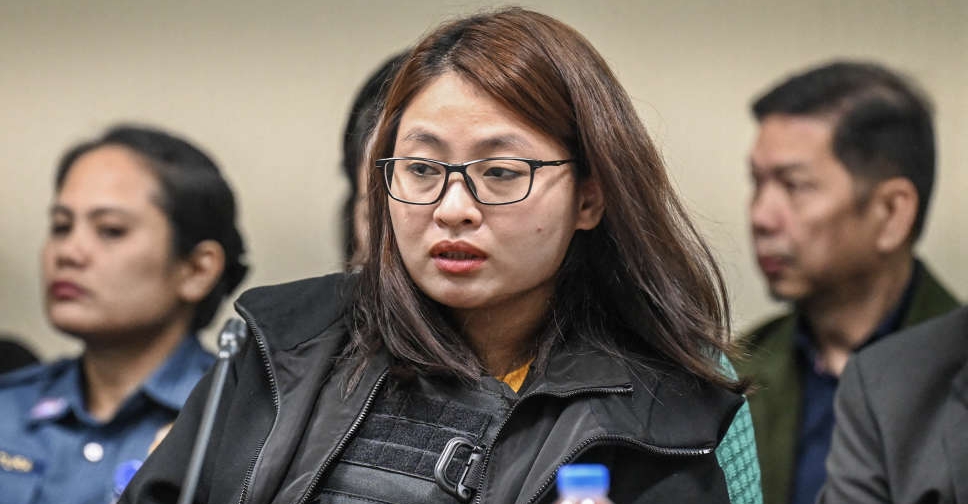 Ex-Philippine mayor Alice Guo given life sentence for human trafficking
Ex-Philippine mayor Alice Guo given life sentence for human trafficking
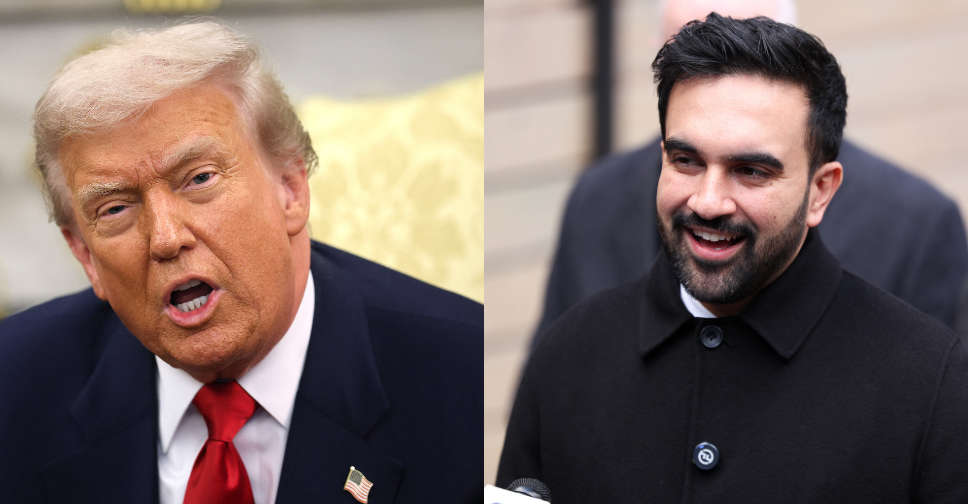 Trump to meet NYC mayor-elect Mamdani at White House on Friday
Trump to meet NYC mayor-elect Mamdani at White House on Friday
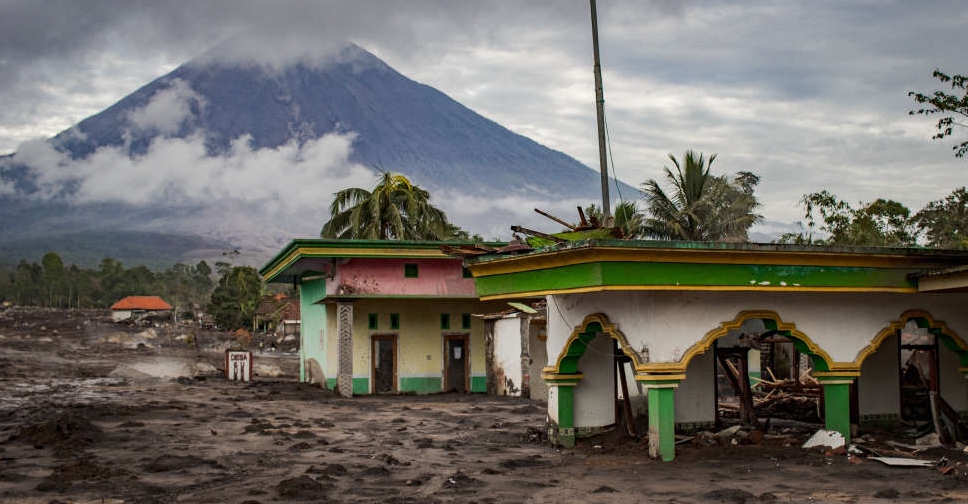 Indonesia evacuates stranded climbers after Semeru volcano erupts
Indonesia evacuates stranded climbers after Semeru volcano erupts
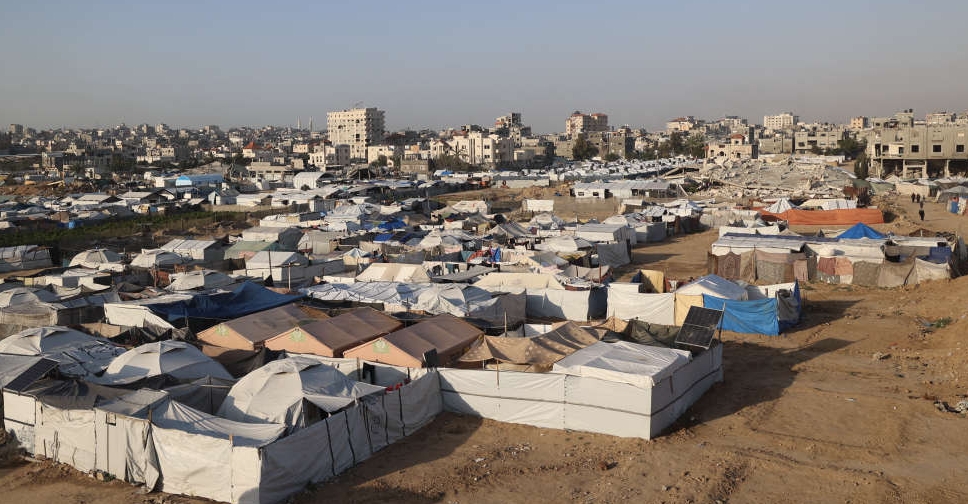 Israeli airstrikes kill 25 Palestinians in Gaza, rattling ceasefire
Israeli airstrikes kill 25 Palestinians in Gaza, rattling ceasefire

